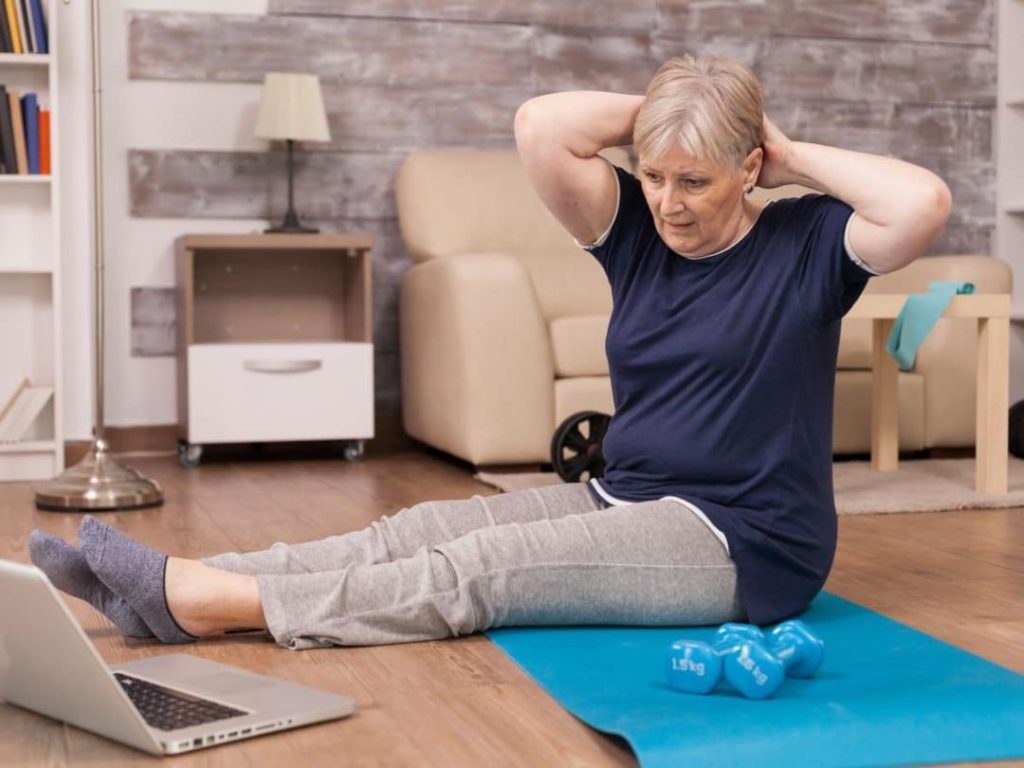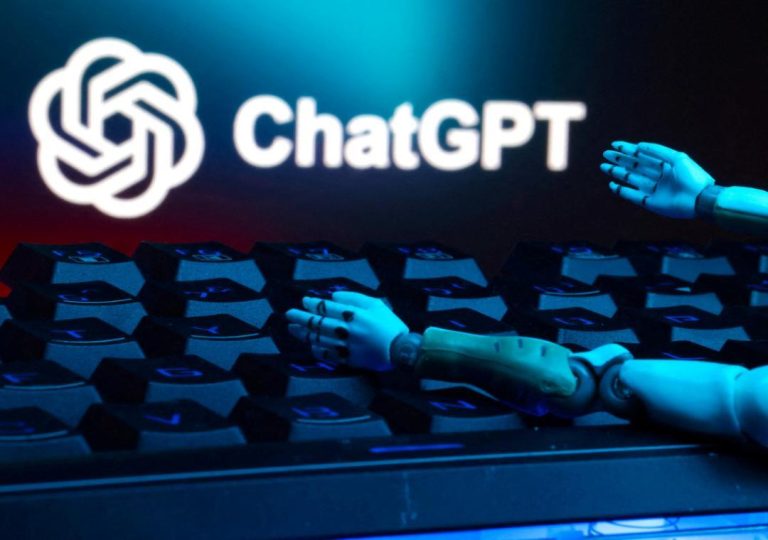
Physiotherapy: How AI & AR are making pain a thing of the past
Pain is a universal human experience, affecting millions of people worldwide. While traditional physiotherapy methods have been effective in managing pain, AI and AR technologies are now revolutionizing the field, making pain prevention and management more accessible and proactive than ever before. In this blog post, we’ll explore how AI and AR are transforming physiotherapy, enabling real-time posture corrections, personalized exercise plans, and early detection of musculoskeletal issues.
The Evolution of Physiotherapy
Physiotherapy has come a long way since its inception in the late 19th century. Initially focused on treating physical disabilities and injuries, physiotherapy has evolved to encompass a broader range of goals, including pain management, prevention, and overall well-being. Today, physiotherapists use a combination of manual therapy, exercise, and education to help patients recover from injuries, manage chronic conditions, and achieve optimal physical function.
The Role of AI in Physiotherapy
Artificial intelligence (AI) is a rapidly growing field that has already transformed various industries, including healthcare. In physiotherapy, AI is being used to analyze large amounts of patient data, identify patterns, and develop personalized treatment plans. AI-powered algorithms can analyze a patient’s medical history, physical examination, and diagnostic test results to identify the most effective treatment approach.
One of the most significant applications of AI in physiotherapy is in the area of posture correction. Using AI-powered software, physiotherapists can analyze a patient’s posture and provide real-time feedback on how to improve it. This feedback can be used to correct poor posture habits, which are often the underlying cause of musculoskeletal issues such as back pain, neck pain, and headaches.
The Role of AR in Physiotherapy
Augmented reality (AR) is a technology that overlays digital information onto the real world, enhancing the user’s experience. In physiotherapy, AR is being used to create immersive and interactive exercises that engage patients and promote active participation.
One of the most innovative applications of AR in physiotherapy is in the area of virtual reality (VR) therapy. VR therapy uses AR technology to simulate real-world environments, allowing patients to practice exercises and movements in a safe and controlled setting. This technology is particularly useful for patients who require rehabilitation after surgery or injury, as it enables them to practice movements that would be difficult or impossible in a real-world setting.
Personalized Exercise Plans
AI and AR technologies are also being used to develop personalized exercise plans that cater to a patient’s specific needs and goals. Using machine learning algorithms, AI-powered software can analyze a patient’s medical history, physical examination, and diagnostic test results to identify the most effective exercises for their condition.
AR technology can then be used to create interactive and immersive exercises that engage patients and promote active participation. For example, AI-powered software can create virtual exercise routines that simulate real-world environments, allowing patients to practice exercises in a safe and controlled setting.
Early Detection of Musculoskeletal Issues
AI and AR technologies are also being used to detect musculoskeletal issues earlier than ever before. Using machine learning algorithms, AI-powered software can analyze large amounts of patient data to identify patterns and predict the likelihood of developing musculoskeletal issues.
AR technology can then be used to provide real-time feedback on posture and movement patterns, enabling physiotherapists to identify potential issues before they become major problems. This early detection can lead to more effective treatment and prevention strategies, reducing the risk of long-term damage and disability.
Shifting Focus from Treatment to Prevention
AI and AR technologies are revolutionizing physiotherapy by shifting the focus from treatment to prevention. By identifying potential issues early and providing personalized exercise plans and real-time feedback, physiotherapists can empower patients to take control of their own health and well-being.
This proactive approach to healthcare is not only more effective but also more cost-efficient. By preventing musculoskeletal issues from developing in the first place, patients can avoid costly surgeries, medications, and other treatment options.
Conclusion
AI and AR technologies are transforming physiotherapy, enabling real-time posture corrections, personalized exercise plans, and early detection of musculoskeletal issues. By shifting the focus from treatment to prevention, AI and AR are revolutionizing physiotherapy, ensuring accessible and proactive healthcare for all.
As the healthcare landscape continues to evolve, it’s likely that AI and AR technologies will play an increasingly important role in physiotherapy. By embracing these technologies, physiotherapists can provide more effective and personalized care, empowering patients to take control of their own health and well-being.
Source:
https://www.healthcareradius.in/features/technology/physiotherapy-obesity-tech






